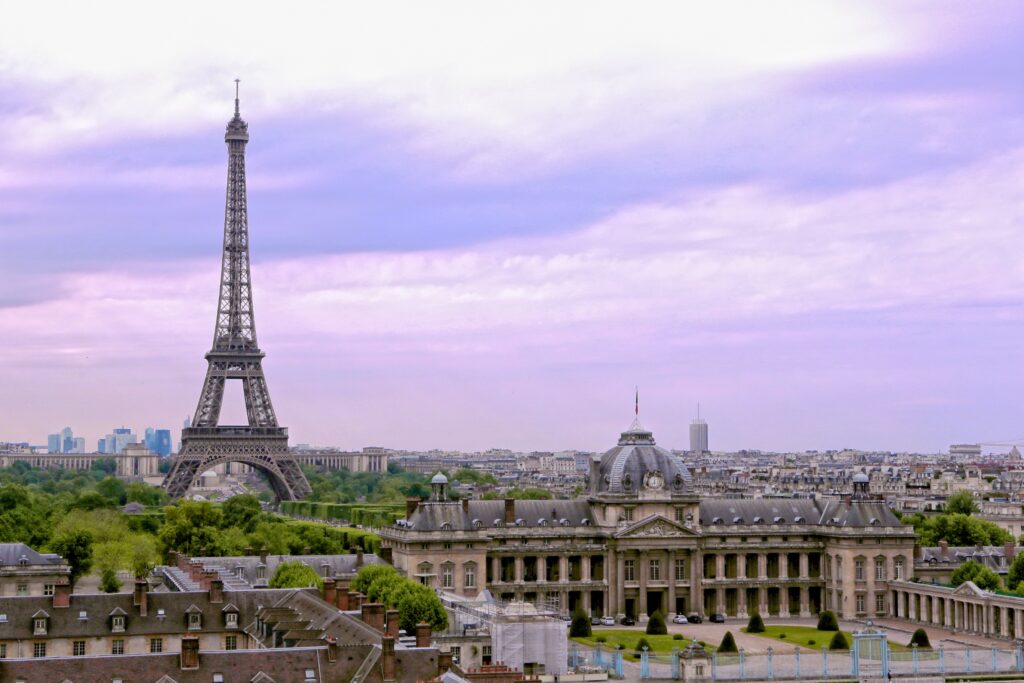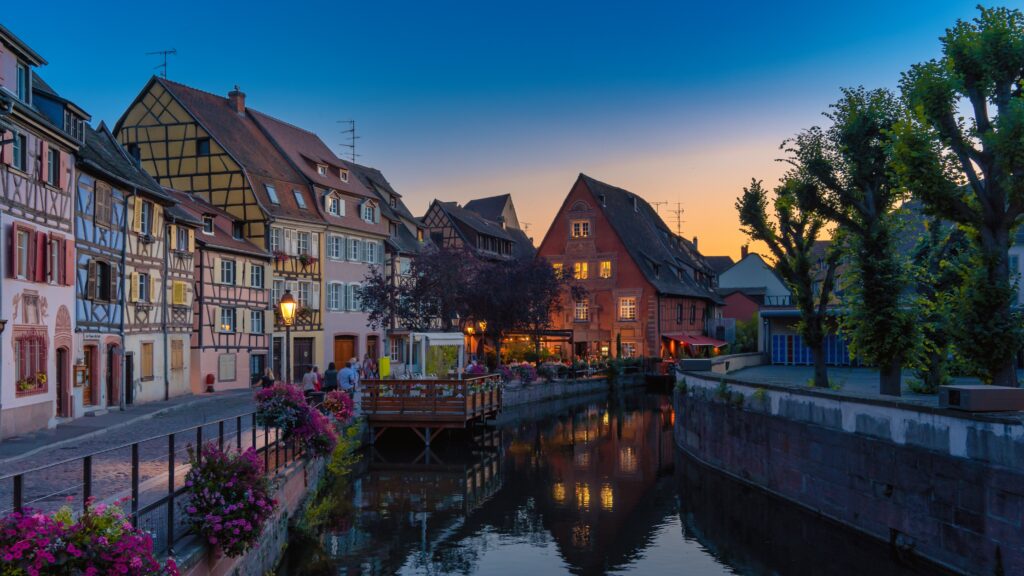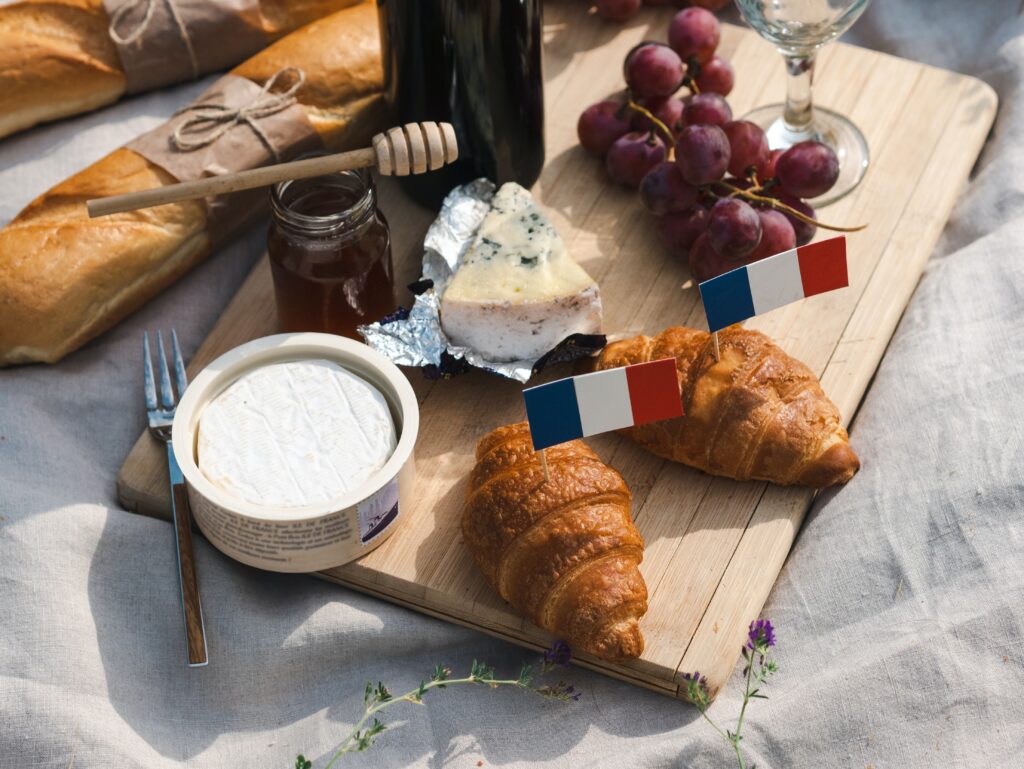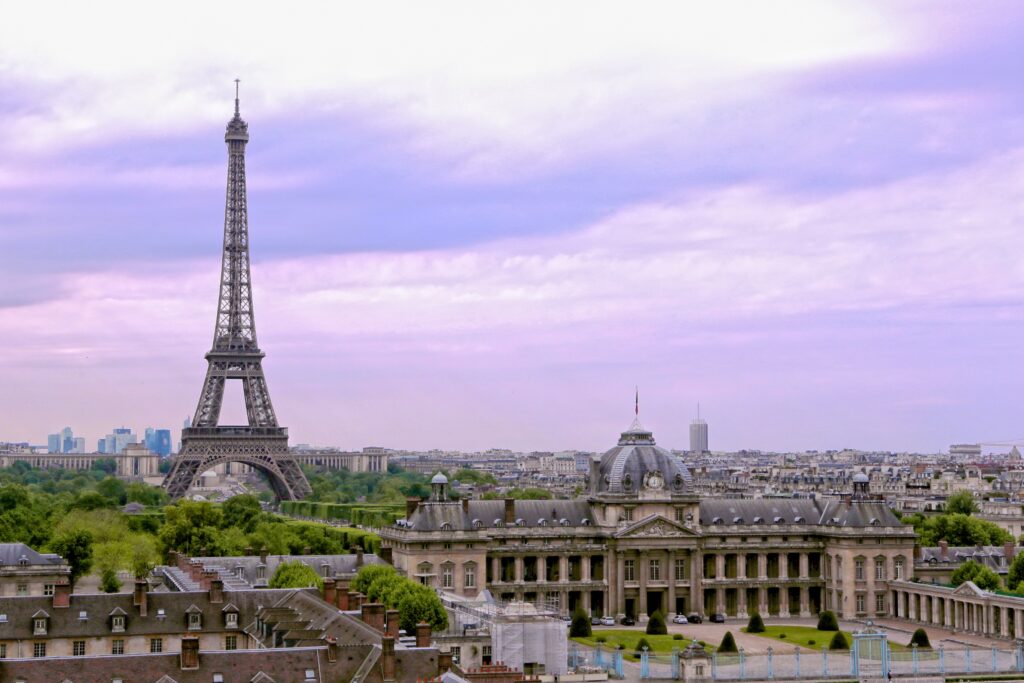

TRAVEL VISA REQUIREMENTS FOR FRANCE
If you are planning to travel to France, it is important to know the visa requirements for entry into the country. Depending on your nationality and purpose of visit, you may be required to obtain a visa before travelling. This guide will provide an overview of the travel visa requirements for France, including who needs a visa and what documents are required. Additionally, it will also discuss some of the common use cases for obtaining a French visa. With this information, you can make sure that you have all necessary documents and visas in order before beginning your trip.
GEOGRAPHY OF FRANCE
France is a country with a rich history and culture, and its sacred geography is an integral part of this. From the ancient megaliths of Carnac to the spectacular Notre Dame Cathedral in Paris, France is home to some of the most iconic landmarks in the world. This article will explore the sacred geography of France, from its ancient sites to its modern day religious centers. We will look at how these sites have shaped French culture and society throughout history, and how they continue to do so today.
TRAVEL SAFETY IN FRANCE
Be cautious, especially if a stranger approaches you.
Make sure that all of your possessions, including your passport and other travel documents, are always secure.
Avoid carrying big amounts of cash and displaying indicators of wealth.
To guarantee you’re aware of your surroundings and avoid drawing attention, limit the usage of mobile devices in busy places and on public transportation.
Never leave your bags unattended. Never keep your cash, credit cards, and debit cards in the same location. Select well-secured lodging, and lock the doors and windows at night and while you’re away.
MONEY AND BANKS IN FRANCE
France is a modern country with a well-developed financial system, making it easy for visitors to access cash and banking services. Here are some important details about money and banking in France:
1. Currency: The currency used in France is the Euro (EUR). Euro coins come in denominations of 1, 2, 5, 10, 20, and 50 cents, as well as 1 and 2 Euro coins, and banknotes come in denominations of 5, €10, €20, €50, €100, €200, and €500.
2. ATMS: Automated Teller Machines (ATMs) are widely available in France and are the most convenient way to access cash. ATMs are widely available in cities, towns, and tourist destinations, and they accept international debit and credit cards.
3. Banks: Banks in France are generally open from Monday to Friday, with limited hours on weekends. Many banks offer a wide range of services, including cash withdrawals, foreign currency exchange, and money transfers.
4. Credit Cards: Credit cards are widely accepted in France, especially for larger purchases and in tourist destinations. Visa, Mastercard, and American Express are the credit cards that are most often used.
5. Foreign Currency Exchange: Foreign currency can be exchanged at banks, Bureaux de Change, and some hotels in France. It is recommended to check the exchange rate and fees before making a transaction.
Overall, visitors to France have access to a wide range of banking and financial services, making it easy to manage their money and access cash while traveling in the country.


FOOD AND DRINKS IN FRANCE
French cuisine is frequently rated as the best in the world. The country has a rich culinary tradition, with everything from outstanding bakery to internationally acclaimed Michelin star restaurants. France has many areas because it is one of the biggest nations in Europe. As a result, depending on where one visits, the cuisine of the nation varies. Many French people depend heavily on cheese, and each region of the nation has its unique delicacy.
Based on the strained broth of crustaceans, bisque is a silky, creamy soup. These crustaceans may be crayfish, lobster, crab, or shrimp.
The dish pot-au-feu is a favourite among families. It is a stew made of beef, various vegetables, and meat from the marrowbone and oxtail.
Coq au vin is a chicken-based dish that includes wine, lardons, mushrooms, and occasionally garlic. Burgundy wine is usually used because this meal originates from that region.
Bouillabaisse: At least three different species of fish or shellfish are used in this traditional Provencal fish stew from Marseille.
Baguettes: This long, thin loaf of crusty bread, in particular, is a mainstay of French dinners. Bread is a significant component of French cuisine. Additionally, sandwiches can be made using it.
Macaroons: A popular sweet treat prepared from egg whites, icing sugar, almond meal, and food coloring, macaroons are delicious meringue-based desserts.
French culture and gastronomy place a high value on wine. It is produced all throughout the nation and is one of the biggest wine producers in the world. It is the origin of numerous grape varieties, including Cabernet Sauvignon, Chardonnay, Pinot Noir, and others, that are now grown abroad. The wines from Bordeaux, Burgundy, the Rhone, and Beaujolais are among the most well-known French varietals. In France, indigenous beers like Kortenberg and 1664 are very popular.
CULTURE OF FRANCE
France is a country that is rich in culture and tradition. It has been the birthplace of many influential thinkers, writers, and artists throughout the centuries. French culture is deeply rooted in its history, language, art, literature, music, fashion, cuisine and architecture. The country also boasts of a vibrant cultural scene with events such as the Cannes Film Festival and Paris Fashion Week being held annually. France’s culture is diverse and encompasses a wide range of influences from all over the world. From its famous food to its iconic landmarks like the Eiffel Tower and Notre Dame Cathedral to its unique language, France’s culture has something for everyone to enjoy.
TRAVEL AROUND FRANCE
France is a large and diverse country, with several modes of transportation available forts to explore its cities, towns, and scenic countryside. Here are some of the most popular ways to travel around France:
1. Train. The train system in France is extensive, efficient, and well-connected, making it a popular option for traveling between cities and towns. Trains run frequently and offer several classes of service, including high-speed TGV trains that connect major cities
2. Bus travel is a convenient and affordable option for those traveling within France, with several major bus companies offering services between cities and tourist destinations
3. Car: Renting a car is a popular option for those who want to have the flexibility to explore the country at their own pace. France has an extensive road network, with highways and scenic routes that connect major cities and tourist destinations
4 Bicycle Cycling is a popular activity in France, with well-developed bike paths and scenic routes. Bicycle rental is available in many cities and towns, making it easy to explore the countryside and enjoy the scenic beauty of France.
5. Air. Air travel is the quickest and most convenient way to cover long distances in France, especially between cities and tourist destinations. There are several major airports in the country, including Charles de Gaulle Airport in Paris, Nice Côte d’Azur International Airport, and Marseille Provence Airport
Overall, there are many options for traveling around France, whether by train, bus, car, bicycle, or air. Visitors can choose the mode of transportation that best fits their travel style and budget, making it easy to explore all that the country has to offer.
HOW TO REACH FRANCE
France has 478 airports, and several highly regarded airlines connect them to the rest of the world. The Paris Charles de Gaulle airport is the busiest of all the airports. From France, a number of intercontinental flights are operated, including Air Baltic and Air France. Paris Charles de Gaulle Airport, the biggest airport in the nation, has three terminals, with terminal 1 being the oldest. There are a tons of duty-free shops on the fourth floor of Terminal 1. You have to make some purchases back home. The two busiest airports in France are Cote d’Azur and Paris Orly.
The finest way to tour American cities and towns is by train. The renowned, high-speed TGV, or Train à Grande Vitesse, will get you there incredibly fast. Compared to flying, it is a desirable alternative. Here, TER and InterCité trains interconnect all French stations of major towns and connect other cities. You can board buses from companies like GoEuro, OuiBus, EuroLines, and Alsa for a comfortable domestic trip. The tickets are simple to purchase with GoEuro. You can even buy the ticket directly if you want to. Popular tourist destinations like Disneyland, the Eiffel Tower, museums, etc. are also accessible via the buses. In addition to buses, the metro is a great method to get around the city. An international visitor’s card called Visitors A La Carte Card can be used to take a detour through several French cities. One is available at the ticket booths in every metro station and bus terminal.
BEST TIME TO VISIT FRANCE
Spring (April-May), summer (June-August), or autumn are the finest seasons to visit France (September-October). Across the nation, spring is nice, with less people about and temperatures between 55°F and 68°F. Even if they can get as hot as 84°F in the summer, they won’t prevent you from enjoying the towns, mountains, and countryside. With temperatures ranging from 61 to 77 degrees Fahrenheit and vivid scenery as the leaves change color, autumn is still a warm season.
France has pleasant weather, although there are regional differences: the south has a Mediterranean climate, while the north, near the English Channel, has wetter weather. Most of the nation shuts down in August in order to travel to the south in search of sunshine.
One of our favorite seasons to visit Paris is winter, when there are fewer tourists but still plenty of residents dining out.



